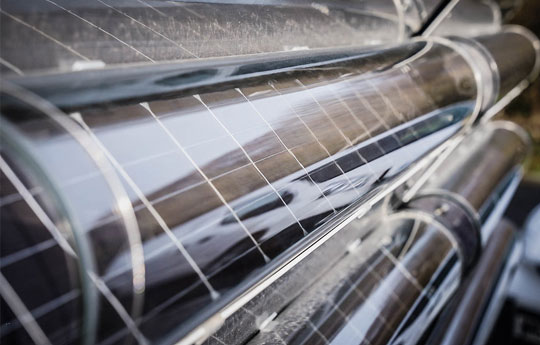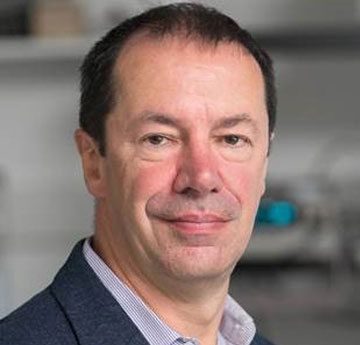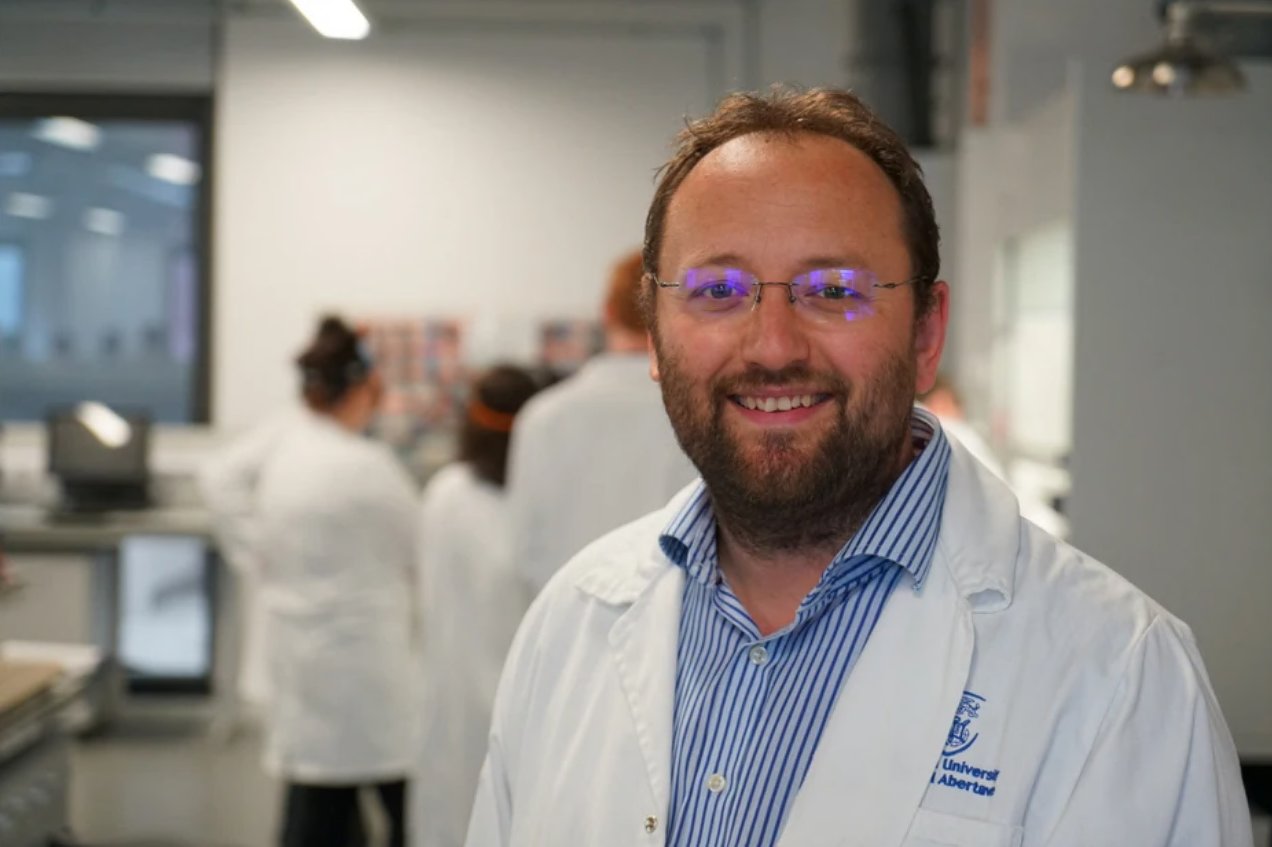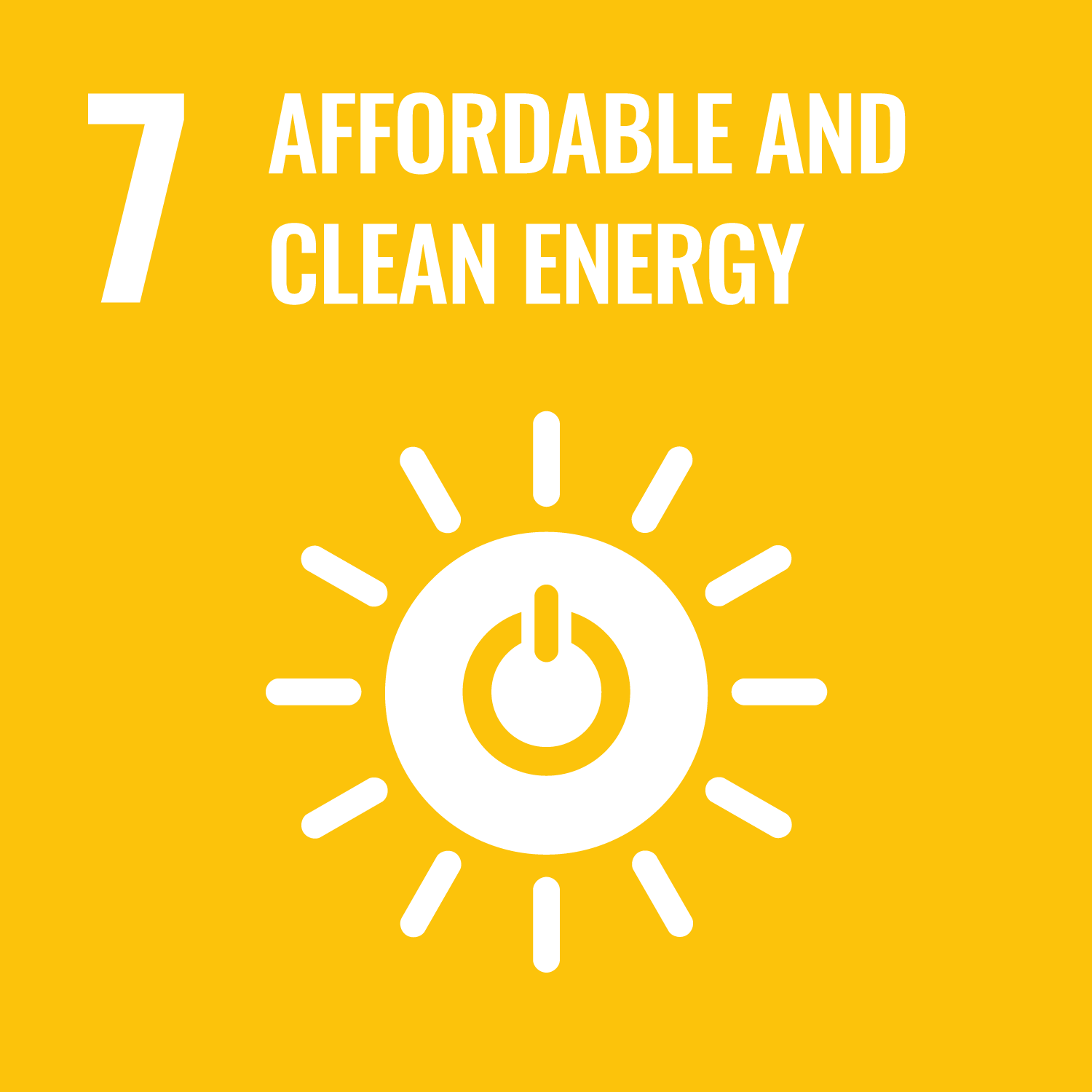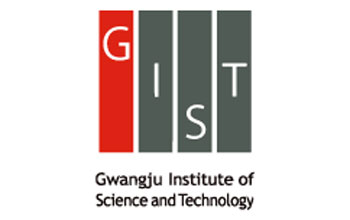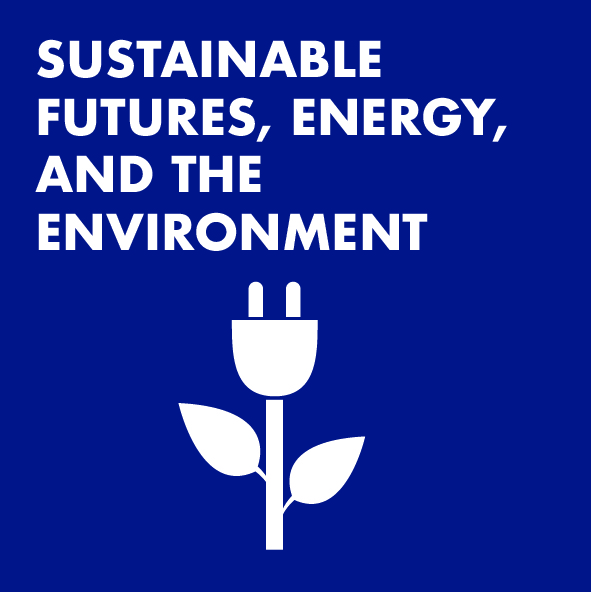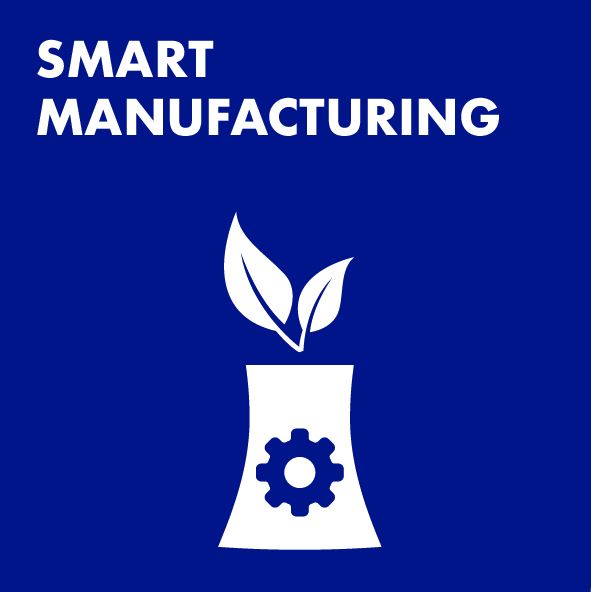The Challenge
Currently emissions from generating electricity and heating along with transport account for almost 75% of all man-made carbon dioxide released into the atmosphere, a gas which is driving climate change, posing a risk not only to the health of the planet but all life on earth.
Climate change is one of humanity’s greatest challenges so developing suitable clean energy solutions that will replace carbon-intensive activities is critical to mitigating the climate crisis.
The Method
Professor James Durrant and his colleagues in Swansea’s SPECIFIC IKC are investigating devices that can harness solar energy with his research focusing on using lasers to measure the rate of reaction and absorption of light in materials that could potentially become solar conversion devices.
James is a Fellow of the Royal Society, and the lead on the EPSRC funded Application Targeted and Integrated Photovoltaics (ATIP) programme, which aims to drive the uptake of next generation organic photovoltaics and perovskite photovoltaics (PV). This project partners the SPECIFIC IKC with Swansea’s Centre for Integrative Semiconductor Materials, as well as colleagues at Imperial College London and Oxford University, and several participating companies.
The work of James and his colleagues focuses on the next generation of photovoltaic solar cells such as semi-transparent solar cells for photovoltaic windows and flexible/lightweight solar devices that can be integrated into buildings/structures and used in aerospace, transport, and other portable applications.
Professor Durrant is also examining materials which can harness sunlight to synthesise fuels and chemicals such as hydrogen from water or chemical feedstocks from carbon dioxide. This requires materials that can achieve the same photosynthetic function as plants, but don’t compete with farming for arable land.
His research is highly interdisciplinary and global in scope which has meant working with other academic institutions on materials design and synthesis, device fabrication, scale-up and application.
His research is funded by EPSRC and the EU, as well as partnerships and funding with several national and international companies including NSG, BP, Heliatek and Samsung.
The Impact
James’s research provides materials and device design guidelines which can help both academic and commercial researchers trying to develop new materials or devices to harness solar energy.
His research has had significant impact on other global research efforts, for example, highlighting the importance of matching lifetimes of photoexcited states to the timescales required for device function.
More widely, Professor Durrant is helping develop and guide international policy on both solar cells and solar-to-fuels. For example, James is the UK lead on Mission Innovation's Sunlight to X Innovation Community, as part of the wider COP programme.
Furthermore, through his research, James is continuing to raise awareness of the potential for directly generating green hydrogen from sunlight and water in both the Welsh and UK governments.
Overall, this research will enable society to move away from existing carbon-intensive activities and towards a cleaner, greener world, mitigating the worst effects of climate change.


